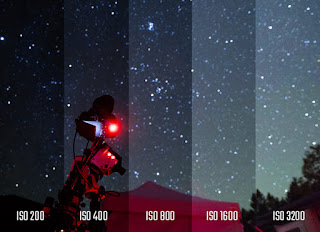Tips for Landscape Photography
Scout Locations:
Spend time researching and scouting potential locations for your landscape shots. Look for unique features, interesting compositions, and different lighting conditions that can add visual interest to your photos.
Consider the Golden Hour:
The golden hour, which occurs during sunrise and sunset, offers soft, warm light that can enhance the mood and atmosphere of your landscape photos. Plan your shoots around these times to capture stunning images with beautiful lighting.
Use a Tripod:
A sturdy tripod is essential for landscape photography, especially when shooting in low light conditions or using slow shutter speeds. A tripod helps stabilize your camera and ensures sharp, clear images.
Experiment with Composition:
Explore different compositional techniques such as the rule of thirds, leading lines, framing, and foreground interest to create visually compelling landscapes. Experiment with various angles and perspectives to find the most captivating compositions.
Pay Attention to Depth:
Create a sense of depth and dimension in your landscape photos by including elements in the foreground, middle ground, and background. This helps draw the viewer's eye into the scene and adds visual interest to your images.
Use Filters:
Consider using filters such as polarizers, neutral density filters, and graduated neutral density filters to control exposure, reduce glare, and enhance colors in your landscape photos. Experiment with different filter combinations to achieve the desired effects.
Focus on Sharpness:
To ensure sharpness throughout your landscape images, use a small aperture (high f-stop) to maximize depth of field. Focus on the hyperfocal distance or use manual focus to ensure everything from the foreground to the background is in focus.
Capture Movement:
Experiment with long exposure photography to capture the movement of water, clouds, or other elements in your landscape photos. Use a slow shutter speed and a tripod to achieve smooth, flowing effects that add dynamism to your images.
Pay Attention to Weather and Conditions:
Keep an eye on weather forecasts and plan your shoots accordingly. Dramatic weather conditions such as storm clouds, fog, rain, or snow can add mood and atmosphere to your landscape photos.
Be Patient and Persistent:
Landscape photography often requires patience and persistence to capture the perfect shot. Be willing to wait for the right moment, revisit locations multiple times, and embrace the unpredictability of nature.
Edit Thoughtfully:
Post-processing is an important aspect of landscape photography. Use editing software to enhance colors, contrast, and sharpness while maintaining a natural and realistic look. Avoid over-editing your photos, and aim to enhance rather than manipulate the scene.
Stay Inspired and Experiment:
Keep exploring new locations, techniques, and ideas to continually improve your landscape photography skills. Stay inspired by studying the work of other photographers, attending workshops, and immersing yourself in the beauty of the natural world.
By applying these tips and techniques, you can capture stunning landscape photos that convey the grandeur and beauty of the world around you.




Comments
Post a Comment